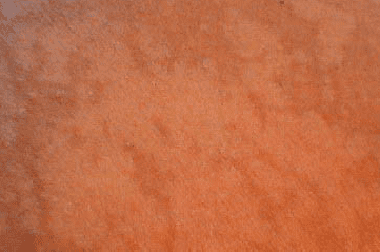Dermatology >>>> Pityriasis versicolor
Pityriasis versicolor.

Pityriasis versicolor (synonym: multi-colored lichen) is a skin disease of fungal etiology that affects the stratum corneum of the epidermis and manifests itself in the form of spots of various shades (pink, yellow, brown, dark orange), which earned its name. In everyday life, this type of fungal infection is often called "solar fungus". The causative agents of multi-colored lichen, the fungi Malassezia furfur, Pityrpsporum orbiculare, Pityrosporum ovale, most often affect the skin in the back or chest, sometimes the neck, axillary areas, and the abdomen. When the skin is tanned, the areas affected by the fungus become clearly visible.
There are a number of factors predisposing to the development of pityriasis versicolor:
- Decreased immune responses,
- Metabolic disorders,
- Hyperhidrosis in combination with a change in the chemical structure of sweat,
- Violation of the microbiocenosis of the skin as a result of the abuse of antiseptic agents,
- Violations of the permeability of the epidermis due to frequent skin lightening procedures,
- Some diseases (tuberculosis, lymphogranulomatosis).

Signs of pityriasis versicolor: in addition to the peculiar color of the skin, the spots are characterized by peeling and uneven edges of the lesions, but there are no signs of skin inflammation. The spots are asymmetrical and not sunburned. Unpleasant sensations (itching, burning) with multi-colored lichen are absent.
When diagnosing multi-colored lichen, iodine, fukarcinum or aniline dyes and fluorescent lighting are used, in which the areas affected by the fungus are clearly distinguishable in the places where the dye is most intensively absorbed into the skin. To clarify the diagnosis, a microbiological examination of scrapings from a flaky surface is also carried out. Differential diagnosis is carried out with vitiligo, syphilitic roseola.
For the treatment of pityriasis versicolor , antimycotic ointments (Clotrimazole, Mycozolon, Lamisil) and talkers based on salicylic or resorcinol alcohol are used. The generalized form requires not only local, but also general antimycotic therapy (Itraconazole, Ketoconazole). Pityriasis versicolor can relapse for quite a long time (over several years). The areas of the skin previously affected by tinea versicolor do not produce melanin and thus appear lighter when sunburned.
Despite the fact that the disease "Pityriasis versicolor" is low-contagious, they still disinfect the sick person's clothes and bed linen. Family members of the sick person are examined using a fluorescent lamp.

Read

Read



























